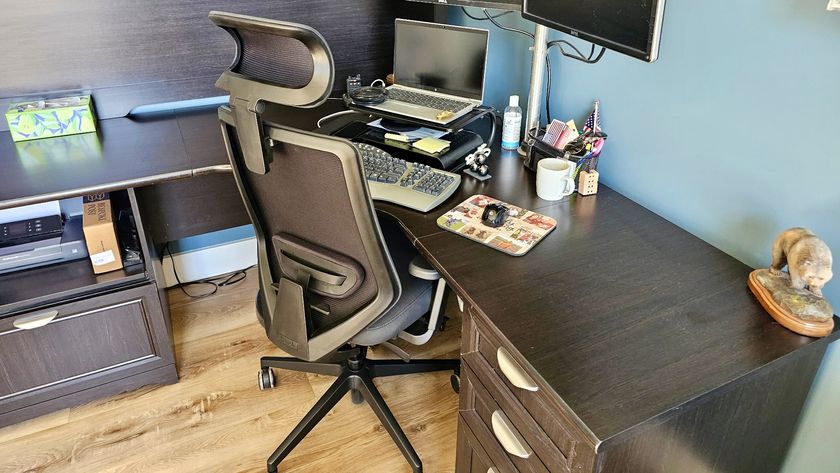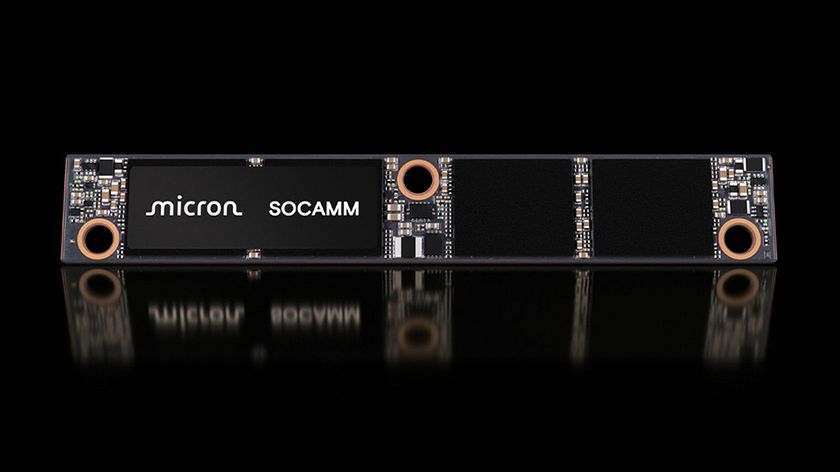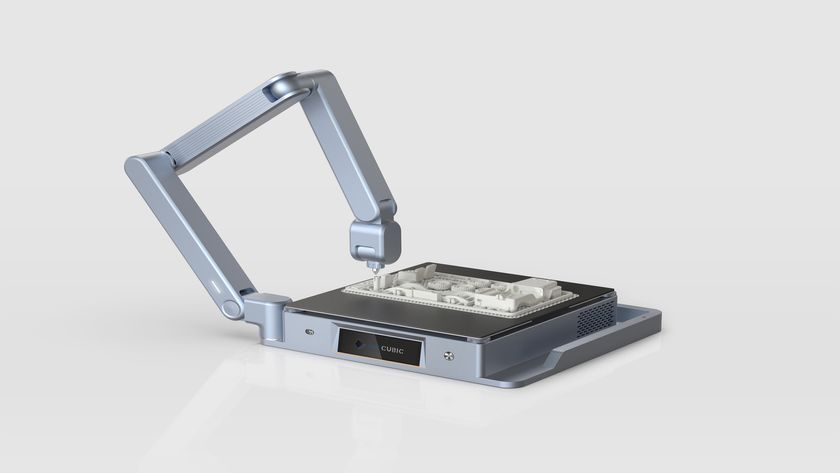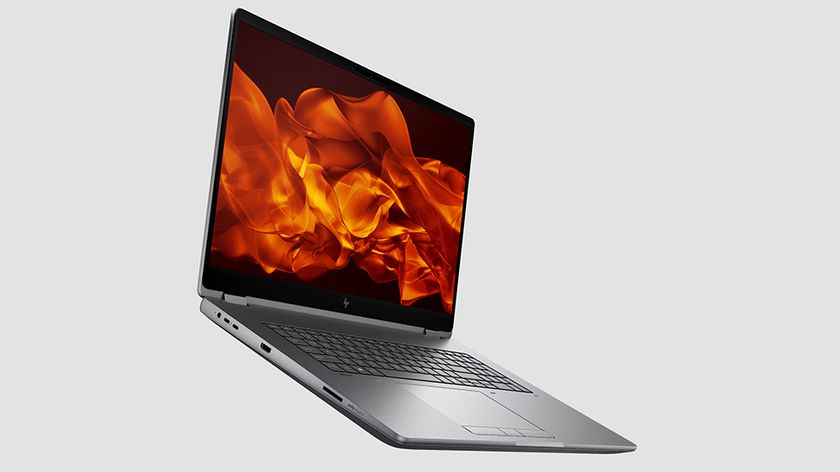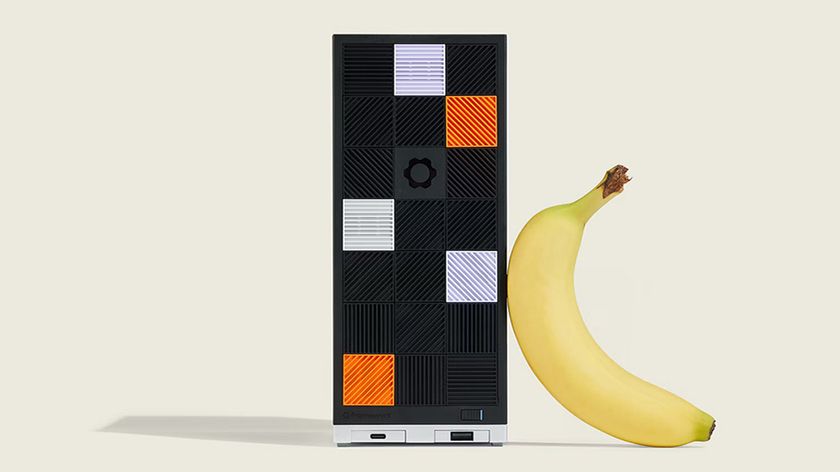This 30.72TB SSD brings something exciting to the table
Ever heard of SAS? No, not that SAS
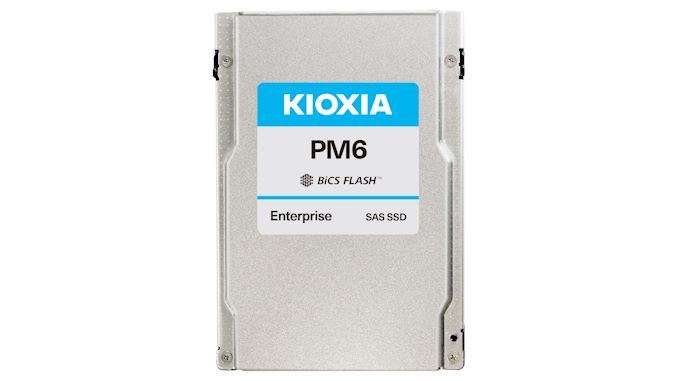
In the race to build the largest SSD, Kioxia (formerly known as Toshiba Memory) is playing catch up with Samsung Semiconductor as it brings the CM6 and PM6 to market.
Both are 2.5-inch 15mm drives, with the former sporting a PCIe 4.0 x4 interface and the latter a dual-port 24G SAS (Serial-Attached SCSI) - a popular connector usually found in data centers and servers that delivers a staggering 24Gbps.
As expected, they use Kioxia’s proprietary 96-layer 3D TLC BiCS Flash and firmware and will be available in capacities up to 30.72TB. Write endurance stands at a beefy 1 DWPD (that’s a staggering 11.22 Exabytes), with sequential reads hitting 4.3 GBps and 6.9Gbps for the SAS and PCIe versions respectively. Random IOPS reaches up to 1.4M IOPS, which is slower than Samsung’s monstrous PM1733.
- Check out our list of the best external hard disk drives on the market
- We've built a list of the best portable storage available
- Here's our list of the best wireless SSDs available
According to a statement from Kioxia, the drives will be “priced to compete with SAS, however, OEMs determine final pricing to customers”. Whatever that means in practice remains to be seen, but we can expect the PM6 to be priced competitively against the only other SAS drive of this capacity, the Samsung PM1643.
Kioxia also claims to be the only SSD supplier to offer failure recovery if two dies were to fail at the same time, offering “multi stream write support” to reduce write amplification and extend endurance, as well as four different enterprise security options.
Note, this particular SKU (the 30.72TB) will be available to purchase in August 2020.
- Here's our list of the best external storage for Mac
Are you a pro? Subscribe to our newsletter
Sign up to the TechRadar Pro newsletter to get all the top news, opinion, features and guidance your business needs to succeed!

Désiré has been musing and writing about technology during a career spanning four decades. He dabbled in website builders and web hosting when DHTML and frames were in vogue and started narrating about the impact of technology on society just before the start of the Y2K hysteria at the turn of the last millennium.












